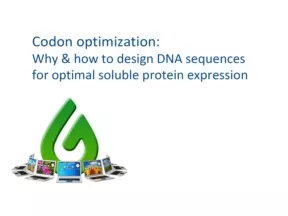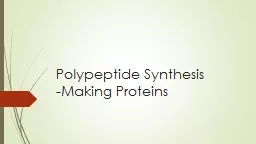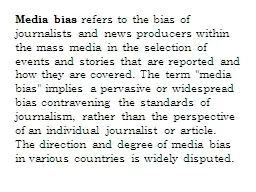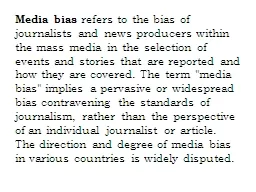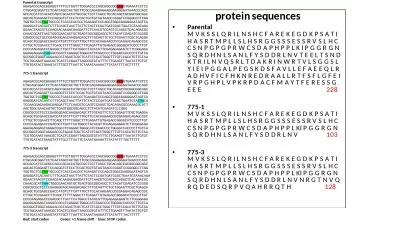PPT-Discovering the codon bias
Author : ashley | Published Date : 2022-06-08
Il codice genetico è DEGENERATO Because of the degeneracy of all genetic codes 1820 amino acids are encoded by more than one codon 2 3 4 or 6 If synonymous
Presentation Embed Code
Download Presentation
Download Presentation The PPT/PDF document "Discovering the codon bias" is the property of its rightful owner. Permission is granted to download and print the materials on this website for personal, non-commercial use only, and to display it on your personal computer provided you do not modify the materials and that you retain all copyright notices contained in the materials. By downloading content from our website, you accept the terms of this agreement.
Discovering the codon bias: Transcript
Download Rules Of Document
"Discovering the codon bias"The content belongs to its owner. You may download and print it for personal use, without modification, and keep all copyright notices. By downloading, you agree to these terms.
Related Documents

